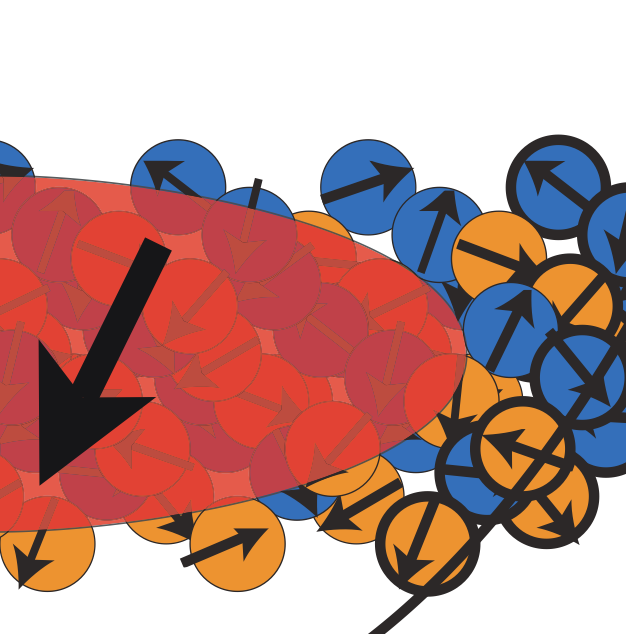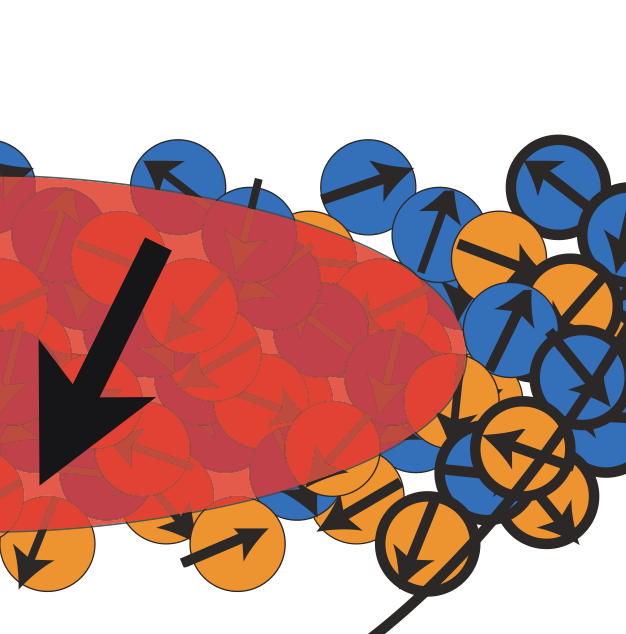Spins control spins
A promising approach to the development of devices that process quantum information depends on the manipulation and control of individual electron spins in semiconductor quantum dots. A particular challenge is that the interaction of electron spins with their environment, particularly with nuclear spins in the semiconductor, can lead to decoherence. If the nuclear spins are adequately controlled, however, they can become an asset for manipulating an electron-spin qubit.
In a theoretical article recently published in Physical Review Letters, Michael Gullans and coauthors from Harvard University, MIT, and the University of Maryland at College Park, all in the US, study how the spins of two electrons in a pair of electrically gated quantum dots interact with nuclear spins of the . As electrons are pumped through the dots, nuclei can be polarized differentially in the two dots by the process of dynamic nuclear polarization. The authors identify three regimes relevant to long-term behavior of the nuclei, each with specific behaviors for the difference between the dot’s Overhauser fields—the effective magnetic fields caused by the nuclear spins. These techniques could allow the nuclei to be used for fast qubit manipulation and for long-lived quantum memory. – Sami Mitra





